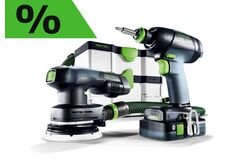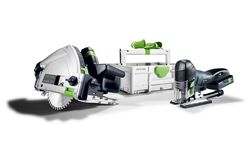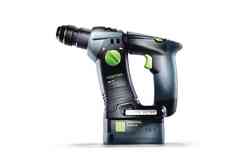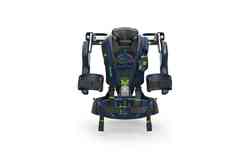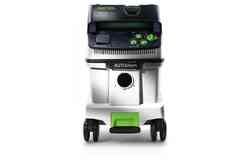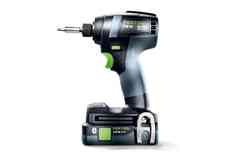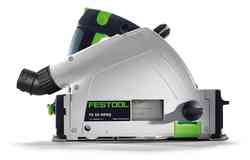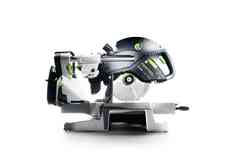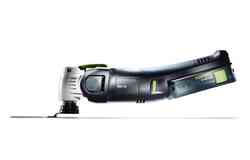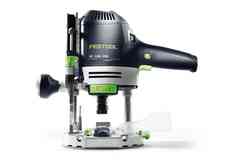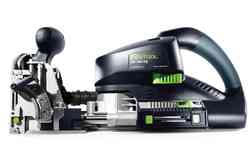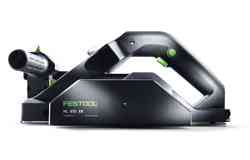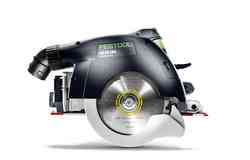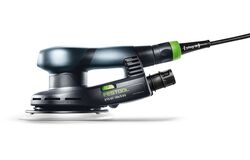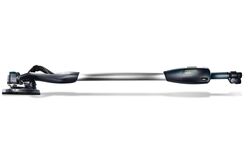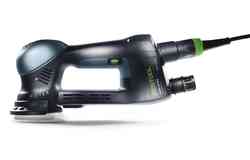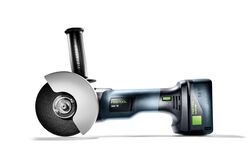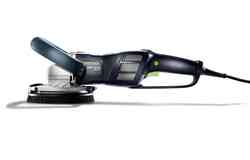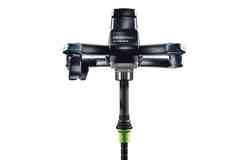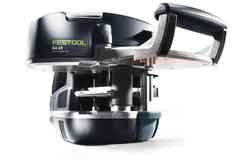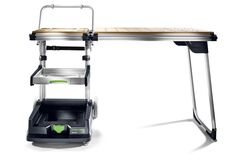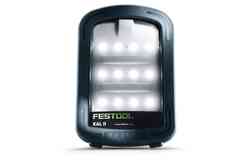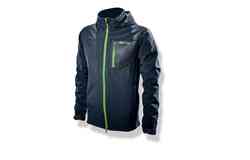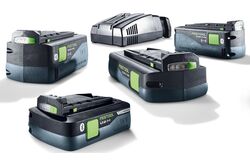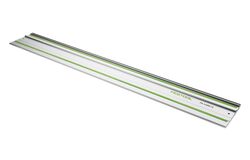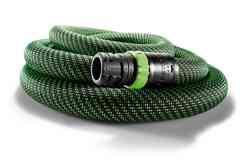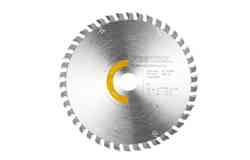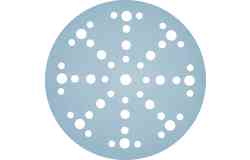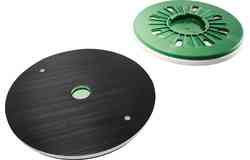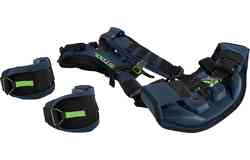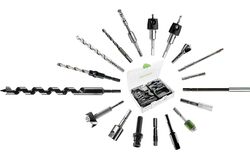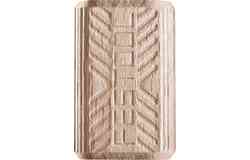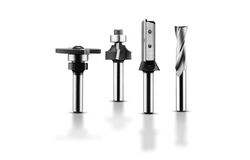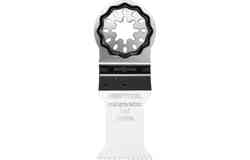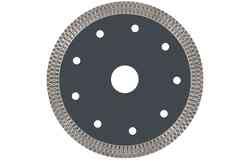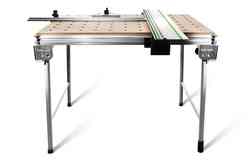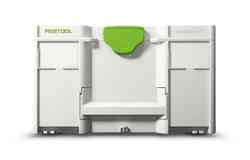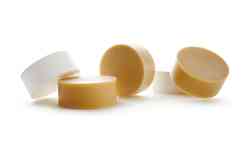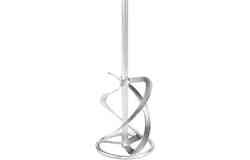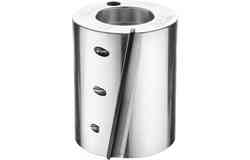
"And cut!" – The new saw blades from Festool
Everything about tooth shapes, tooth arrangements and functionalities
Anyone who would like to achieve precise cutting results with their plunge-cut saw not only needs a good saw but also the right saw blade. Saw blades contribute decisively to the perfect cutting result and must be selected according to requirements.
A saw blade rarely comes alone – there are six accompaniments appropriate for the new TSC 55 K and TSC 55 F cordless plunge-cut saws. They cover quite different areas of use. "We have developed the new circular saw blades together with the plunge-cut saws, and they are ideally adapted to requirements. This is the key element that makes this unique performance possible when sawing," explains Michael Arnold, Product Manager at Festool. An optimised toothing shape reduces the cutting width from 2.2 mm to 1.8 mm, allowing especially clean and fast cuts to be made with little effort.
Less dust – greater safety
The use of the appropriate saw blade also plays a decisive role in terms of occupational safety. The geometry is adapted to the requirements of the material, thus guaranteeing a particularly smooth course. Another thing is clear – just as you can't make an omelette without breaking eggs, chips are inevitable when sawing. If you use the right saw blade, there will, however, be significantly fewer of them. If the cutting width is reduced, material removal is also reduced and so is the build-up of dust. This is a simple way of making an important contribution to cleanliness and above all to health at the workplace. The following graphics offer an overview of the various tooth shapes, tooth arrangements and functionalities.

The correct saw blade for every application
Due to their different arrangement and number of teeth, every saw blade displays different properties in terms of running smoothness, service life and cut quality. But which product is best suited to processing wood, aluminium, plastics or laminate? Based on colour coding and name, the ideal field of use can be read directly off a saw blade. The WOOD FINE CUT blade marked in yellow, for instance, delivers ideal results for cross cuts in solid wood.


Alternate teeth: Bevelled teeth cut in alternation. Relief of the teeth = smooth running and long service life.

Alternating roof tooth: Additional roof tooth to relieve the alternating teeth = particularly smooth running.

Trapezoidal flat tooth: Trapezoidal tooth for sawing progress, flat tooth for a clean cutting edge = robust, long service life.

Alternating bevel flat tooth: Alternating bevelled teeth = uniform quality and long tool life due to relief.

Flat tooth: Robust toothing due to straight cutting edges = even cut in hard materials such as steel.
1 / 1







